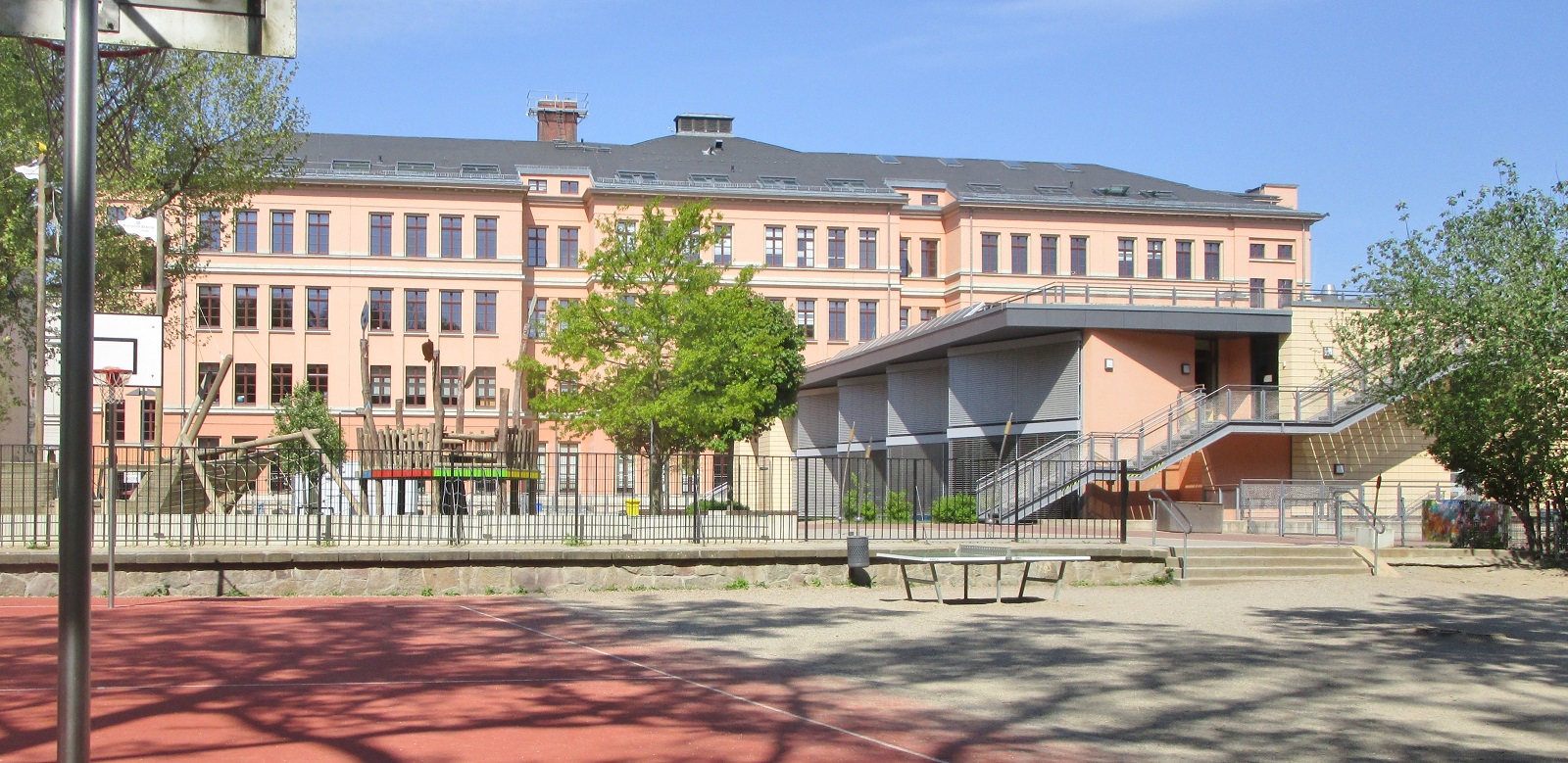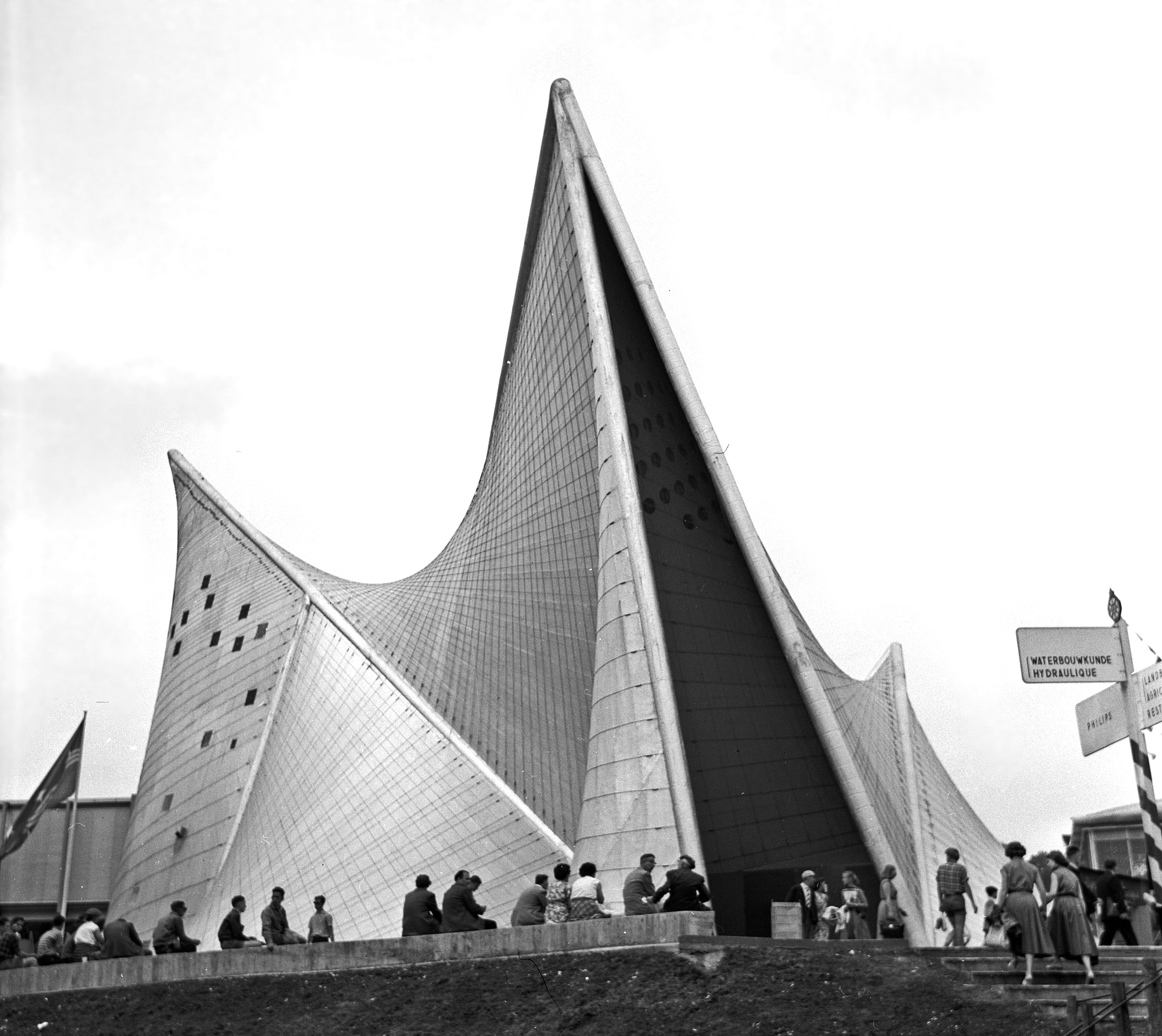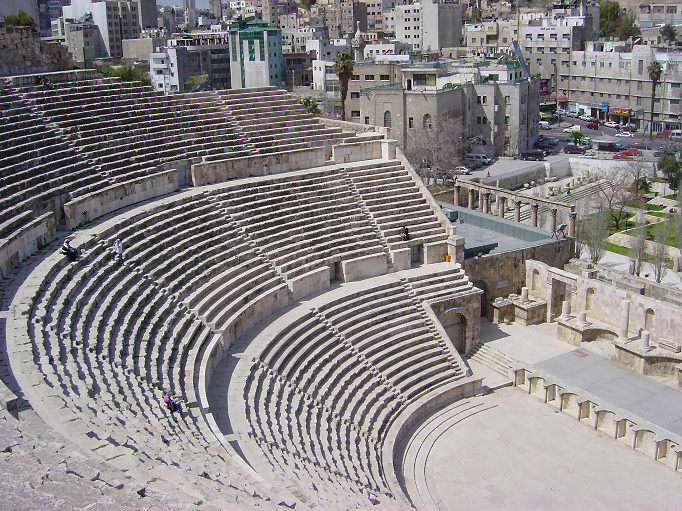|
Bethanienkirche
The Bethanienkirche ''()'' is a Lutheranism, Lutheran church in the Germany, German city of Leipzig, in the locality of Schleußig. It was built in 1931–1933 and is under Cultural heritage management, heritage protection. History Schleußig, first mentioned in 1376 as Slizzig, belonged ecclesiastically to Kleinzschocher. In 1875 Schleußig had 285 inhabitants, in 1891, the year it was incorporated into Leipzig, there were already 1500. The church in Kleinzschocher was therefore used until 1892. On 30 October 1892 the first service in Schleußig took place in the auditorium of a school. From 1904 to 1905, an interim church was built in the courtyard of the school at Schnorrstrasse 2 / Rödelstrasse. The half timbered, half-timbered building, which was rebuilt here under the direction of the architect Conrad Hermsdorf, had previously served as an emergency church for Leipzig's Andreas and Michaelis congregations. On 30 September 1906, the parish was separated from Kleinzschoche ... [...More Info...] [...Related Items...] OR: [Wikipedia] [Google] [Baidu] |
Bethanienkirche Leipzig Schleußig Sep2008
The Bethanienkirche ''()'' is a Lutheran church in the German city of Leipzig, in the locality of Schleußig. It was built in 1931–1933 and is under heritage protection. History Schleußig, first mentioned in 1376 as Slizzig, belonged ecclesiastically to Kleinzschocher. In 1875 Schleußig had 285 inhabitants, in 1891, the year it was incorporated into Leipzig, there were already 1500. The church in Kleinzschocher was therefore used until 1892. On 30 October 1892 the first service in Schleußig took place in the auditorium of a school. From 1904 to 1905, an interim church was built in the courtyard of the school at Schnorrstrasse 2 / Rödelstrasse. The half-timbered building, which was rebuilt here under the direction of the architect Conrad Hermsdorf, had previously served as an emergency church for Leipzig's Andreas and Michaelis congregations. On 30 September 1906, the parish was separated from Kleinzschocher, and on 6 January 1907, the first two parish priests were assign ... [...More Info...] [...Related Items...] OR: [Wikipedia] [Google] [Baidu] |
Schleußig
Schleußig (or ''Schleussig'') is a locality of Leipzig in Germany. It is in the borough (Stadtbezirk) Südwest (southwest). First mentioned in 1391 under the name of ''Slizzig'', Schleußig acquired the status of a rural municipality in 1835 before being integrated into Leipzig in 1891. A good third of the locality is occupied by the Nuns' Woods (''Nonnenholz'') of the Leipzig Riverside Forest (''Leipziger Auwald'') and a small part by the Clara-Zetkin-Park (Leipzig), Clara-Zetkin-Park. The largely closed Gründerzeit, Wilhelminian-style development, the proximity to local recreational areas as well as to the town centre make Schleußig an attractive residential area. Geography Schleußig is located about ( southwest of the city center. The north–south extent of Schleußig is about (, the widest point in the east–west direction is less than (. To the east, the Lower Elster Derivation (''Elsterflutbett'') and to the west the course of the White Elster River form the locali ... [...More Info...] [...Related Items...] OR: [Wikipedia] [Google] [Baidu] |
Leipzig
Leipzig (, ; ; Upper Saxon: ; ) is the most populous city in the States of Germany, German state of Saxony. The city has a population of 628,718 inhabitants as of 2023. It is the List of cities in Germany by population, eighth-largest city in Germany and is part of the Central German Metropolitan Region. The name of the city is usually interpreted as a Slavic term meaning ''place of linden trees'', in line with many other Slavic placenames in the region. Leipzig is located about southwest of Berlin, in the southernmost part of the North German Plain (the Leipzig Bay), at the confluence of the White Elster and its tributaries Pleiße and Parthe. The Leipzig Riverside Forest, Europe's largest intra-city riparian forest, has developed along these rivers. Leipzig is at the centre of Neuseenland (''new lake district''). This district has Bodies of water in Leipzig, several artificial lakes created from former lignite Open-pit_mining, open-pit mines. Leipzig has been a trade city s ... [...More Info...] [...Related Items...] OR: [Wikipedia] [Google] [Baidu] |
Adolf Hitler's Rise To Power
The rise to power of Adolf Hitler, dictator of Nazi Germany from 1933 to 1945, began in the newly established Weimar Republic in September 1919, when Hitler joined the ''German Workers' Party, Deutsche Arbeiterpartei'' (DAP; German Workers' Party). He quickly rose to a place of prominence and became one of its most popular speakers. In an attempt to more broadly appeal to larger segments of the population and win over German workers, the party name was changed to the ''Nationalsozialistische Deutsche Arbeiterpartei'' (NSDAP; National Socialist German Workers' Party), commonly known as the Nazi Party, and a new platform was adopted. Hitler was made the party leader in 1921 after he threatened to otherwise leave. By 1922, his control over the party was unchallenged. The Nazis were a right-wing party, but in the early years they also had Anti-capitalism, anti-capitalist and Bourgeoisie, anti-bourgeois elements. Hitler later initiated a purge of these elements and reaffirmed the Nazi ... [...More Info...] [...Related Items...] OR: [Wikipedia] [Google] [Baidu] |
Saaleck Castle
Saaleck Castle () is a hill castle near Bad Kösen, now a part of Naumburg, Saxony-Anhalt, Germany. It was constructed in the 12th century. For details, see among Saaleck (Naumburg) Saaleck town history. In 1922, two of the men who had killed Walther Rathenau, the foreign minister of Germany, hid at Saaleck Castle but were tracked down by the police. The Nazi regime later put up a memorial plaque at the castle and turned their grave in Saaleck cemetery into a heroes' shrine. The castle is now mostly ruined, but its two towers feature small exhibits and it is a popular tourist attraction. Saaleck Castle is a stop on the designated tourist route ''Straße der Romanik'' ("Romanesque Road"). Geography Saaleck Castle is located in the village of Saaleck in the district of Burgenlandkreis in the German state of Saxony-Anhalt. It overlooks the Saale river and is only a few hundred metres from another castle, the Rudelsburg. Since 2010, Bad Kösen and with it Saaleck Castle has been ... [...More Info...] [...Related Items...] OR: [Wikipedia] [Google] [Baidu] |
Thuringia
Thuringia (; officially the Free State of Thuringia, ) is one of Germany, Germany's 16 States of Germany, states. With 2.1 million people, it is 12th-largest by population, and with 16,171 square kilometers, it is 11th-largest in area. Erfurt is the capital and largest city. Other cities include Jena, Gera and Weimar. Thuringia is bordered by Bavaria, Hesse, Lower Saxony, Saxony, and Saxony-Anhalt. It has been known as "the green heart of Germany" () from the late 19th century due to its broad, dense forest. Most of Thuringia is in the Saale drainage basin, a bank (geography), left-bank tributary of the Elbe. Thuringia is home to the Rennsteig, Germany's best-known hiking, hiking trail. Its winter resort of Oberhof, Germany, Oberhof makes it a well-equipped winter sports destination – half of Germany's 136 Winter Olympics, Winter Olympic gold medals had been won by Thuringian athletes as of 2014. Thuringia was favoured by or was the birthplace of three key intellectu ... [...More Info...] [...Related Items...] OR: [Wikipedia] [Google] [Baidu] |
Lemon Squeezer
A lemon squeezer is a kitchen utensil designed to juicer, extract juice from lemons or other citrus fruit such as oranges, grapefruit, or lime. It is designed to separate and crush the pulp of the fruit in a way that is easy to operate. Lemon squeezers can be made from any solid, acid-resistant material, such as plastic, glass, metal (usually aluminium) or ceramic. History The oldest known lemon squeezers were found in Kütahya, Turkey and date to the first quarter of the 18th century.John Carswell: "The Lemon-Squeezer; an Unique Form of Turkish Pottery" in ''IVème congrès international d’art turc'', pp. 29–45. Éditions de l’Université de Provence, Aix-en-Provence 1971, These ceramic presses are in the traditional style of Turkish pottery of the 18th century and have a superficial resemblance to today's press equipment with cones, though they are designed differently. These examples were individually made, and specially designed for making the then popular citrus dri ... [...More Info...] [...Related Items...] OR: [Wikipedia] [Google] [Baidu] |
Reinforced Concrete
Reinforced concrete, also called ferroconcrete or ferro-concrete, is a composite material in which concrete's relatively low tensile strength and ductility are compensated for by the inclusion of reinforcement having higher tensile strength or ductility. The reinforcement is usually, though not necessarily, steel reinforcing bars (known as rebar) and is usually embedded passively in the concrete before the concrete sets. However, post-tensioning is also employed as a technique to reinforce the concrete. In terms of volume used annually, it is one of the most common engineering materials. In corrosion engineering terms, when designed correctly, the alkalinity of the concrete protects the steel rebar from corrosion. Description Reinforcing schemes are generally designed to resist tensile stresses in particular regions of the concrete that might cause unacceptable cracking and/or structural failure. Modern reinforced concrete can contain varied reinforcing materials made o ... [...More Info...] [...Related Items...] OR: [Wikipedia] [Google] [Baidu] |
Bell Tower
A bell tower is a tower that contains one or more bells, or that is designed to hold bells even if it has none. Such a tower commonly serves as part of a Christian church, and will contain church bells, but there are also many secular bell towers, often part of a municipal building, an educational establishment, or a tower built specifically to house a carillon. Church bell towers often incorporate clocks, and secular towers usually do, as a public service. The term campanile (, also , ), from the Italian ''campanile'', which in turn derives from ''campana'', meaning "bell", is synonymous with ''bell tower''; though in English usage campanile tends to be used to refer to a free standing bell tower. A bell tower may also in some traditions be called a belfry, though this term may also refer specifically to the substructure that houses the bells and the ringers rather than the complete tower. The tallest free-standing bell tower in the world, high, is the Mortegliano Bell To ... [...More Info...] [...Related Items...] OR: [Wikipedia] [Google] [Baidu] |
Confirmation
In Christian denominations that practice infant baptism, confirmation is seen as the sealing of the covenant (religion), covenant created in baptism. Those being confirmed are known as confirmands. The ceremony typically involves laying on of hands. Catholicism views Baptism as a sacrament. The sacrament is called chrismation in Eastern Christianity. In the East it takes place immediately after baptism; in the Western Christianity, West, when a child reaches the Age of reason (canon law), age of reason or early adolescence, or in the case of adult baptism immediately afterwards in the same ceremony. Among those Christians who practise confirmation during their teenage years, the practice may be perceived, secondarily, as a coming of age Rite of passage, rite. In many Protestantism, Protestant denominations, such as the Lutheran, Reformed tradition, Reformed, Anglican and Methodist traditions, confirmation is a Rite (Christianity), rite that often includes a profession of fai ... [...More Info...] [...Related Items...] OR: [Wikipedia] [Google] [Baidu] |
Leipzig Radio Orchestra
The MDR-Sinfonieorchester (MDR Leipzig Radio Symphony Orchestra) is a German radio orchestra based in Leipzig. It is the radio orchestra of Mitteldeutscher Rundfunk, the public broadcaster for the German states of Thuringia, Saxony and Saxony-Anhalt. It is one of the oldest Radio orchestras in the world and the oldest in Germany. It was founded in Leipzig, Germany in 1923 (9 months earlier than the Berlin Radio Symphony Orchestra), with 115 musicians. Apart from a short interruption during World War II, it has been the main orchestra of the Central German Broadcasting Company (MDR) since 1924. The orchestra performs concerts in Leipzig at the Gewandhaus. History The orchestra was originally founded as "Orchester des Konzertvereins" ("Orchestra of the Concert Society"). It became the "Rundfunk-Sinfonieorchester Leipzig" ("Radio Symphony Orchestra Leipzig") in 1924 and later adopted its present name. The orchestra was dissolved during World War II and reunited in 1946 under t ... [...More Info...] [...Related Items...] OR: [Wikipedia] [Google] [Baidu] |
Acoustics
Acoustics is a branch of physics that deals with the study of mechanical waves in gases, liquids, and solids including topics such as vibration, sound, ultrasound and infrasound. A scientist who works in the field of acoustics is an acoustician while someone working in the field of acoustics technology may be called an Acoustical engineering, acoustical engineer. The application of acoustics is present in almost all aspects of modern society with the most obvious being the audio and noise control industries. Hearing (sense), Hearing is one of the most crucial means of survival in the animal world and speech is one of the most distinctive characteristics of human development and culture. Accordingly, the science of acoustics spreads across many facets of human society—music, medicine, architecture, industrial production, warfare and more. Likewise, animal species such as songbirds and frogs use sound and hearing as a key element of mating rituals or for marking territories. Art, ... [...More Info...] [...Related Items...] OR: [Wikipedia] [Google] [Baidu] |








